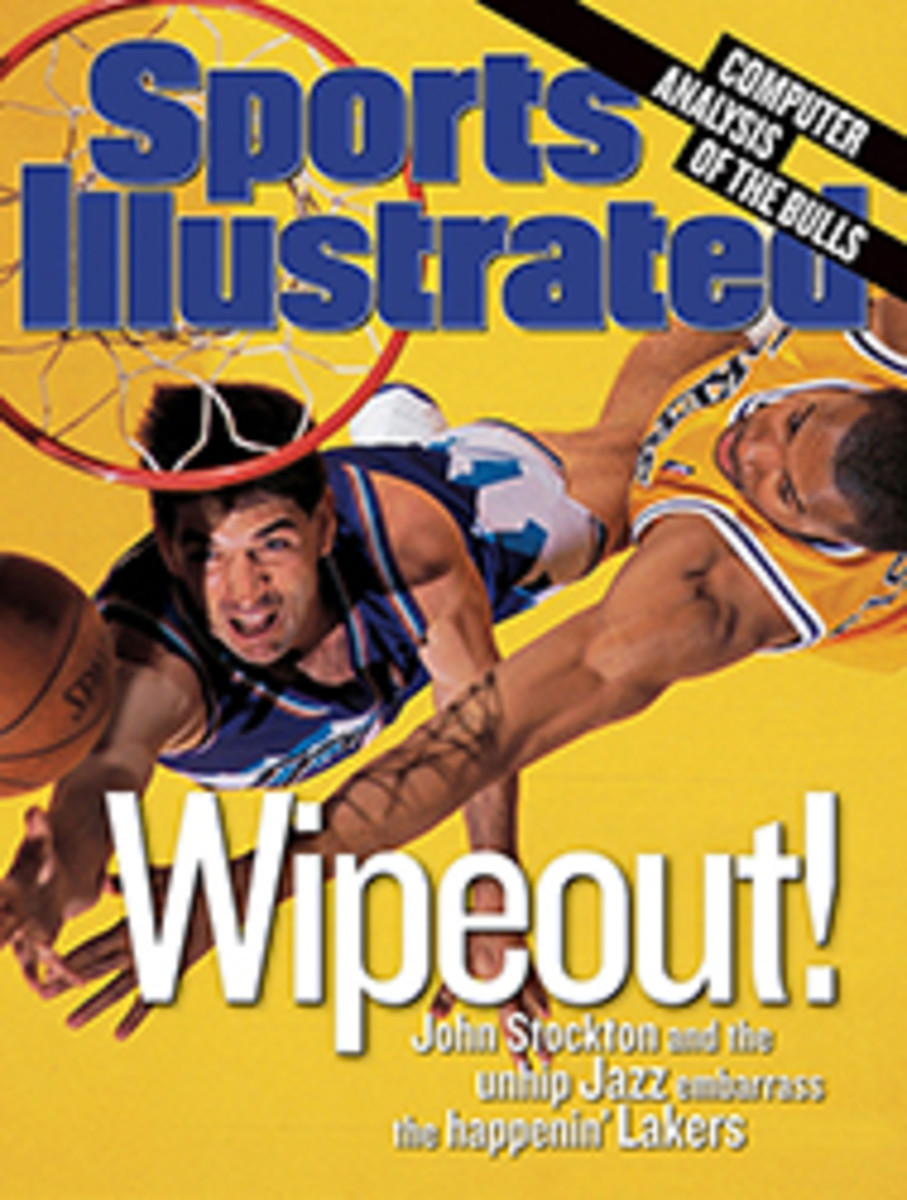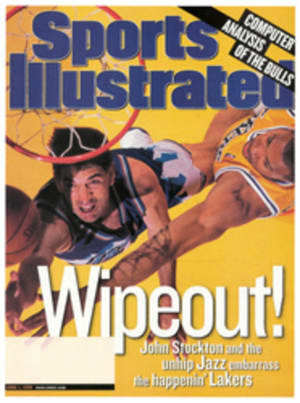
Remembering a Pioneer Some 30 years before Jackie Robinson, there was Jimmy Claxton
Jimmy Claxton's uniform number was not retired. President
Clinton did not speak at a ceremony commemorating the 80th
anniversary of his achievement. No one based a documentary on
his travails or the stone walls in his path. If he ever was a
role model to the generations that followed, those generations
have been pretty quiet about it. All of which is rather odd,
because Claxton broke the color line in professional baseball in
the 20th century.
This may come as a shock to those weaned on the stories of
Jackie Robinson's trials by fire with Montreal in 1946 and
Brooklyn in '47. Even the historically savvy who know of Fleet
Walker and his brother, Welday, the first two African-American
major leaguers, who played for the Toledo Blue Stockings in
1884, probably never heard of Claxton's brief dramatic stint in
the Pacific Coast League 82 years ago this week. Nowadays we
like our history neat, and the Jimmy Claxtons tend to get paved
over--and rather thoroughly so.
In the years before World War I, Claxton was a prominent
lefthanded pitcher in the crack amateur leagues of the
Northwest. In early 1916, he recalled years later, his work with
the all-black Oakland Giants caught the attention of a fan who
was part Native American. This fan introduced Claxton as a
"fellow tribesman" to the secretary of Oakland's Pacific Coast
League team, the Oaks, and, in a haphazard manner typical of the
way even top minor league teams secured talent in that era,
Claxton was signed. He suited up and started against the
visiting Los Angeles Angels in the first game of a doubleheader
on May 28th.
Claxton lasted only into the third inning, allowing three runs,
two earned, and four hits and three walks. He pitched to two
batters in the nightcap, walking one and retiring the other. The
San Francisco Call described him as "the Indian southpaw
recently nailed by the Oaks from an Eastern reservation," so
apparently the ruse had worked, albeit briefly. Claxton was, in
fact, a Canadian who had grown up in Tacoma, the son of an
Irish-English mother and an African-French-Native American
father. Speaking nearly a half century later to Tacoma
News-Tribune sports editor Dan Walton, Claxton said he thought
that a "supposed friend" had alerted the Oaks to the full
panorama of his racial makeup. He would make no other
appearances for Oakland and was released on June 2.
The absence of any acknowledgment of Claxton in the traditional
records of baseball's fitful integration underscores our
tendency to oversimplify history. In a widely questioned
documentary, the establishment of the color line was pinned
almost entirely on Hall of Famer Cap Anson and dated to 1887.
Yet Fleet Walker was still playing in the International League
in 1889, there were all-black teams in various otherwise white
minor leagues throughout the 1890s, and an African-American
pitcher named Bert Jones excelled for Atchison of the Kansas
State League in July 1898.
And 18 years later, there was also Jimmy Claxton, and May 28,
1916.
B/W PHOTO: JASON BURFIELD [Baseball card of Jimmy Claxton]

